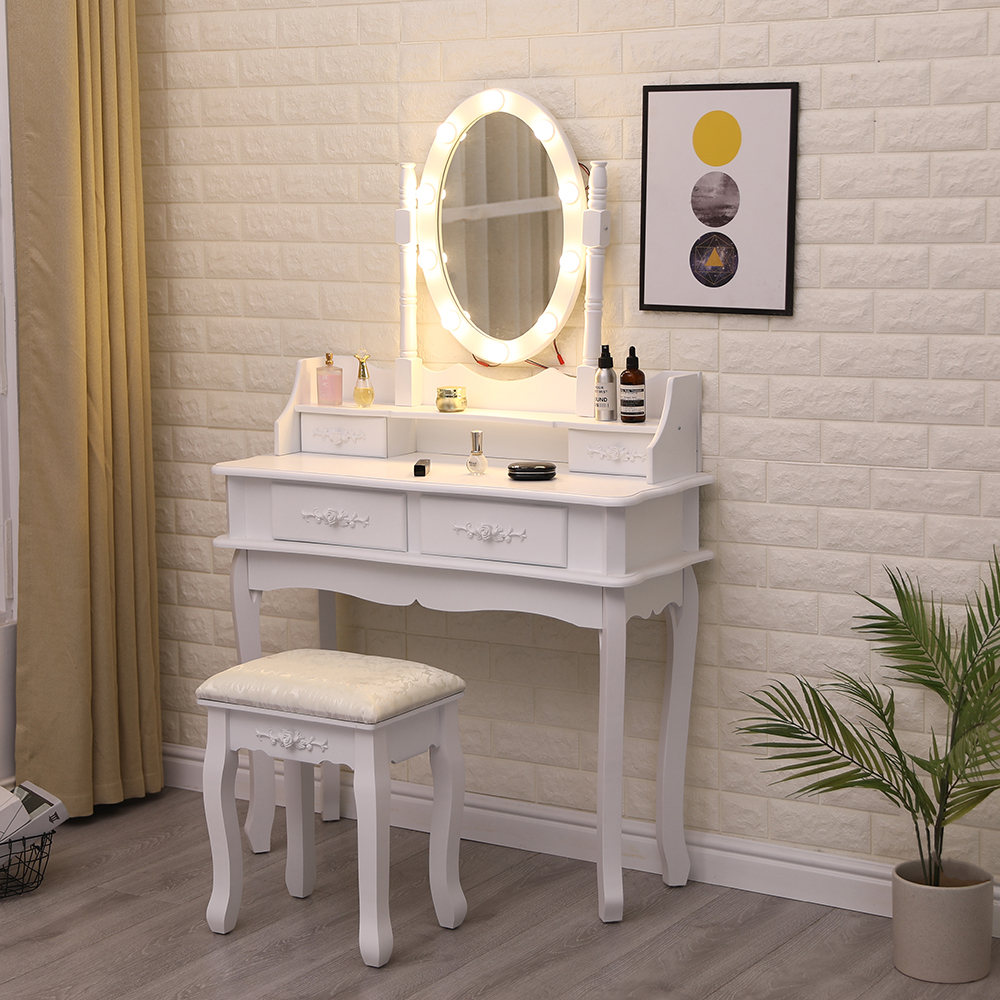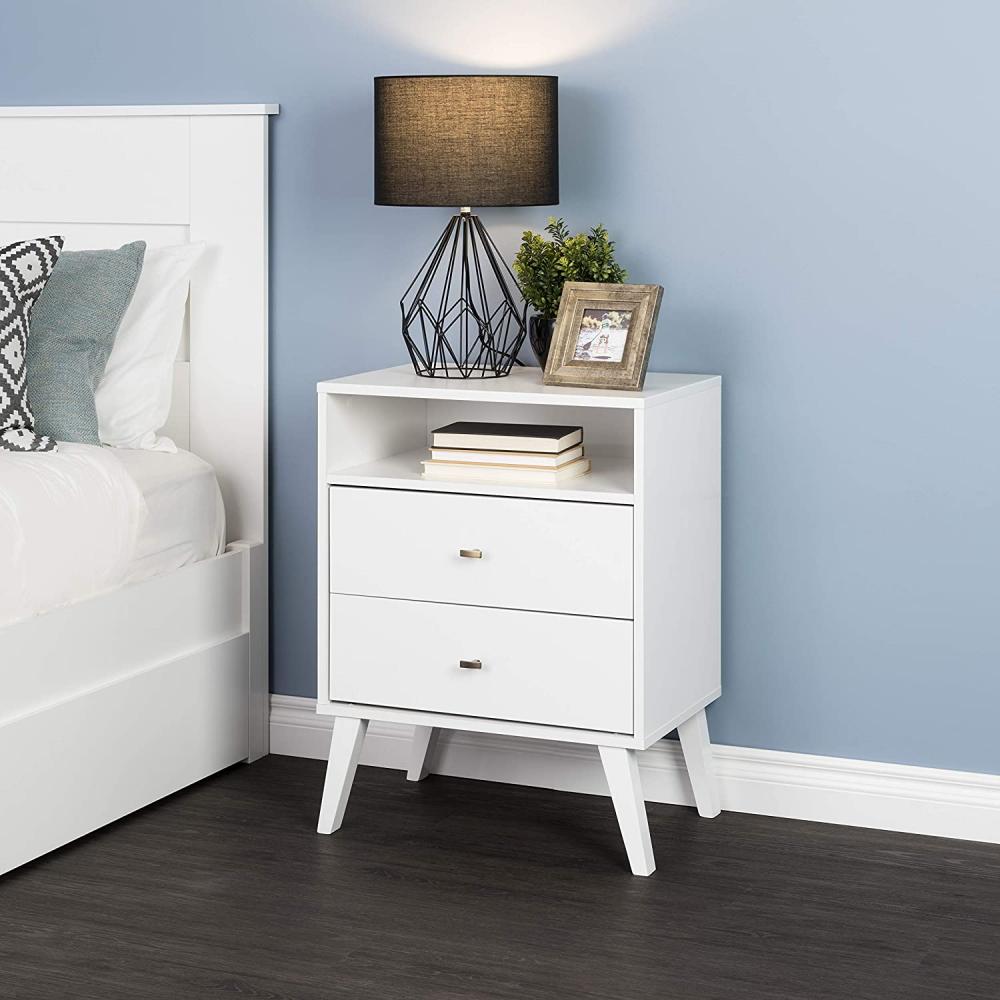It is well known that the decoration of metals, such as tinplates, is the use of printing techniques to copy colors and patterns onto the surface of tinplate. Until the end of the 20th century, there were three generations of technology used for tinplate printing. they are, respectively:
The first generation, typographic printing: printing and copying of patterns/texts, lines and patches of color with the help of letterpress printing;
The second generation, photography and printing: To achieve image-level tone printing and copying by using copy of photography as a symbol;
The third generation, color printing: The combination of four color printing photography and electronic color separation technology to achieve full-color image printing and copying.
Traditional metal printing mainly includes lithographic offset printing and roll printing. In the case of tinplate, it is mainly offset by offset glue. Since the tinplate substrate is not absorbent, the oven curing process is used to volatilize the solvent in the ink. Due to the limitations of the traditional printing equipment and process environment, due to factors such as substrate, ink and technology, tinplate printing products have a long history of low color saturation, narrow range of color gamut, poor pattern reproducibility, and easily deformed dots. , precision and color difference control more difficult than other issues. Because of the presence of rose spots, lack of precise expression of the rough texture, easy-to-hit mesh, easy-to-level, and tonal levels, it is difficult to express super-color gamut in terms of bright tone and solid color. Therefore, traditional tinplate printing is difficult to reproduce the original image. Bright colors, vivid levels and sharpness cannot adapt to the growing demand for high-fidelity printing. Needs are the source of creation. In order to truly reproduce the original image appearance, a high-definition, wide-gamut high-fidelity metal printing technology came into being.
In the late 1990s, Panton in the United States, VISU in the Netherlands, LTG in the United Kingdom at the beginning of the new century, B+K in Germany, Greo in Canada, and Xpose in Switzerland! , COFCO, etc. have successively developed high-fidelity color printing technology with high-definition, high-image-level copying effects and expanded color gamut. This technique is a color reproduction technique that is highly realistic with the original, also known as the fourth-generation printing technology.
The core of the fourth-generation printing technology is the use of computer information systems and the latest results of image processing, and the use of modern ink technology to achieve high-definition and wide-gamut high-fidelity printing iron. Normally, printing using an amplitude modulation network of 200 Lpi or more and frequency modulation of 2540 dpi and a dot size of 2×2 or less is called high definition printing. The area of ​​350 lines is one quarter of the area of ​​175 lines. Obviously, the finer lines can more clearly express the details in the image, so that the visual clarity is greatly improved. Super 4 color (5-7 colors) image reproduction is generally called wide color printing. Because the color gamut is wide, it is closer to the spot color than the four colors in terms of color purity, saturation, brightness, and the like. The combination of high-definition printing and wide-gamut printing produces high-fidelity printing, demonstrating the following advantages:
1)Colorful, bright and bright;
2) The level is clear, soft and strong in texture;
3) Rich levels of shadowing, especially for difficult-to-reproduce parts such as fluorescent colors that are difficult to reproduce.
4) In multi-type imposition printing, the reproduction of a large-area bright-backed background requires the use of spot colors. The new technology can not only solve the thick printing visually, but also take into account the other levels of color density, which helps reduce The use of spot colors.
5) With obvious printing anti-counterfeiting function, it can produce excellent anti-counterfeiting effect through color line security, network line two-point security and comprehensive security. Color line security is based on the need to develop an area to adjust the out of a color space as a security zone, to achieve customer-specific anti-copy, anti-forging anti-counterfeiting purposes. The second-line anti-counterfeiting of the outlets expresses the same color through the size and number of the outlets and the change of the net shape, so that the authenticity can be easily recognized by means of a magnifying glass or the like. Integrated anti-counterfeiting is the combination of color anti-counterfeiting and network anti-counterfeiting to achieve individualized, differentiated, eye-catching, and enhanced attention.
6) greatly improve the prepress processing accuracy and timeliness, especially suitable for remote customers and pre-press processing of foreign orders.
As mentioned earlier, successful merchandise is inseparable from good visual effects, and good visual effects are related to the shape of the merchandise, colorful colors and patterns. Thanks to the modernization of printing technology, high-fidelity, wide-gamut, high-fidelity iron printing technology has been successful, bringing the pursuit of visual effects to a higher level.
Source: China Tinplate Printing Network
Bedroom furniture, sometimes called a bedroom set or bedroom suite consists of a group of furniture in a bedroom or sleeping quarters. Pieces of furniture referred to as bedroom furniture usually include: beds, wardrobes, dressers, chests, nightstands, armoires, vanities, trunks, and mirrors. There are also many variations of these pieces as furniture styles have changed through time and as individual manufacturers have put their own spin on them.

Bedroom furniture is predominantly made of wood, but many bed frames are made of various metals as well. Bed frames include but are not limited to bed rails, foot-boards and head-boards. Foot-boards and head-boards are usually made up of a few materials including wood, leather, paint & other various fabrics. Steel or iron is usually used for bed rails. Bed frames are most commonly built with support for a head-board.

Knock down fittings are usually used for locking in the bed rails and frames to the bed posts. Knock down fittings are very easy to take apart. A few types of knock down fittings include: Hook with pin fastener: mortise slots are cut in a vertical manner Hook with plate fastener: eye plates are used instead of pins.
Bedroom Furniture,Bedroom Nightstands,Bedroom Furniture Sets,Bedroom Chest Of Drawers,Bedroom Sets
Jinan Tri-Tiger Technology Development Co., Ltd , https://www.tritigerwooden.com